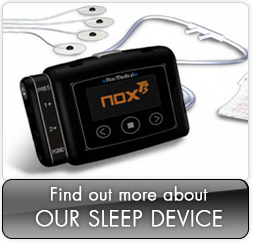Signs and Symptoms of Sleep Apnea in Children
While obstructive sleep apnea can be common in children, it’s not always easy to recognize.
In addition to continuous loud snoring, children with sleep apnea may adopt strange sleeping positions and suffer with bedwetting, excessive perspiration at night, or night terrors. Children with sleep apnea may also exhibit changes in their daytime behavior, such as:
- Breathing through mouth instead of nose
- Hyperactivity or inattention
- Decrease in school performance
- Irritable, angry, or hostile behaviour
How serious is sleep apnea?
Sleep apnea is a potentially life-threatening condition that requires immediate medical attention. The risks of untreated OSA in children include learning disabilities, physical and emotional developmental problems, and in some cases, heart abnormalities, high blood pressure, and failure to thrive.
In addition, OSA causes daytime sleepiness that can result in personality changes, lost of productivity in school, and problems with interpersonal relationships. A child with sleep apnea may lag behind in many areas of development and could become frustrated and depressed.
OSA and children: more common than we think
Obstructive sleep-disordered breathing is now quite common in children. 3 to 12 percent of children snore, while obstructive sleep apnea syndrome affects 1 to 10 percent of children. The severity of the symptoms may be mild, moderate or severe.
The majority of these children have mild symptoms and may outgrow the condition. However, untreated pediatric sleep disorders, no matter how long they last, can take a heavy toll on a child’s overall health.
If your child snores, and especially if you suspect your child may have sleep apnea, consult your pediatrician. Once OSA is diagnosed, surgery to remove the child’s tonsils &/or adenoids is an option that can usually correct the problem.
For more information on how to test your child for OSA in the convenience and comfort of your own home, call 1-855-749-2082.





